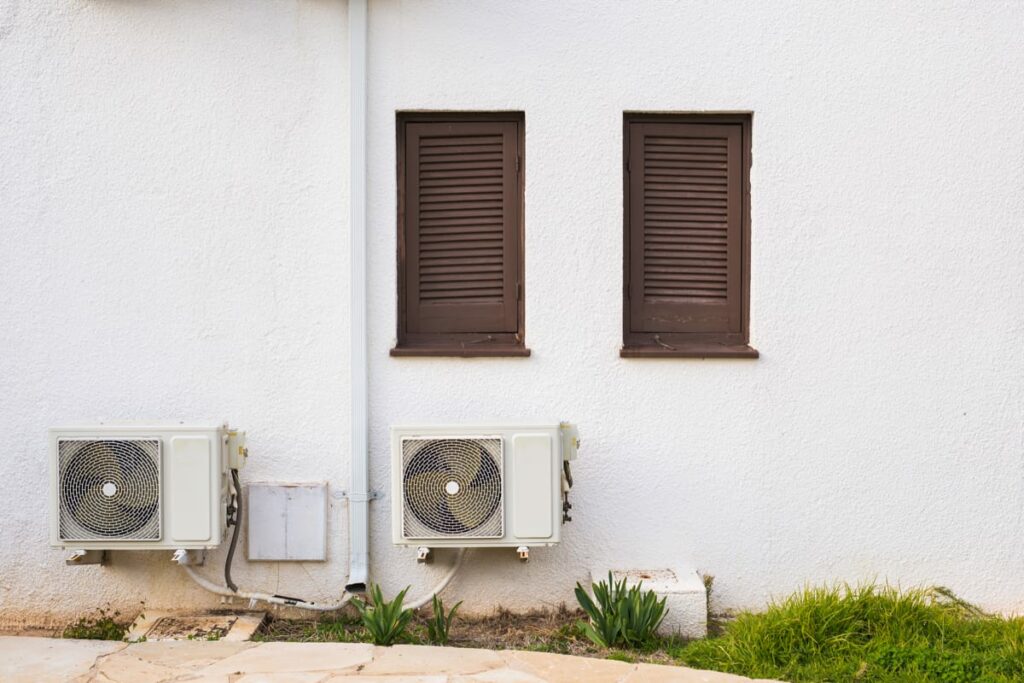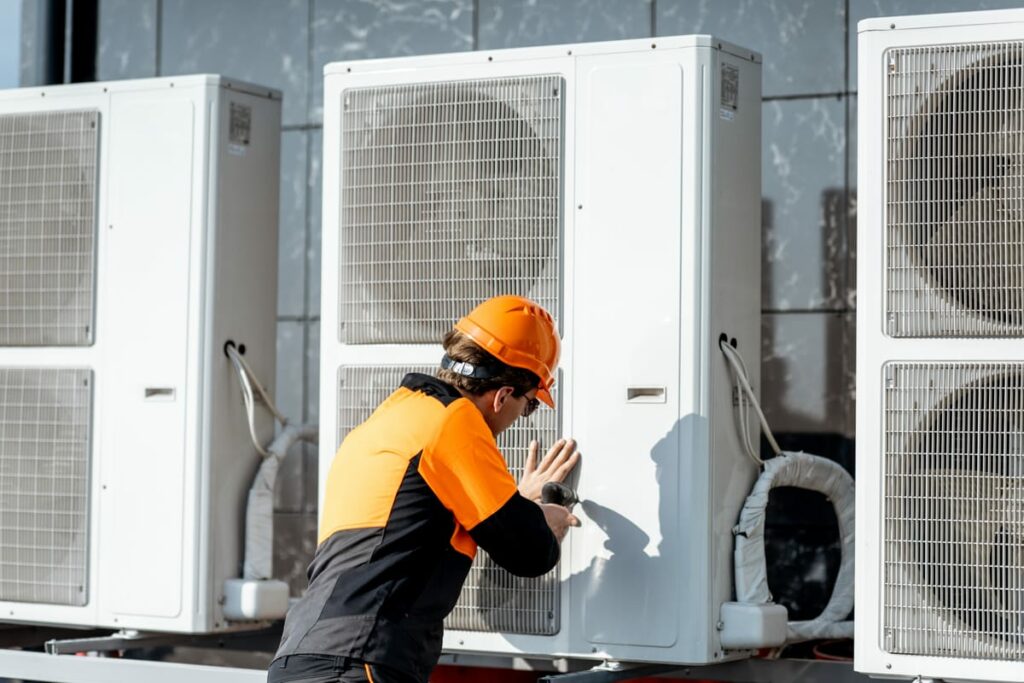The effects of climate change are already becoming more evident. The average third grader born today might experience 12 days over 90oF annually, but she could have experienced 33 days over 90 degrees by the end of the century.
Air conditioning is a necessity in schools.
It’s no secret that summer can be brutally hot, and it can be difficult for students to focus or learn. Extreme heat can even trigger allergies or aggravate existing health conditions. Many schools still don’t have air conditioning, and only one-third of schools have this vital equipment. Currently, only a handful of districts require schools to install air conditioning in their buildings. A 2017 analysis showed that the 12 largest school districts in the country did not have fully air-conditioned schools. Those districts were forced to shut their doors earlier and cancel after-school sports. Other neighborhoods opted to close early or stagger the end of the school year.

Schools need to prepare for heat days.
While snow days are a special ritual in the Northeast, “heat days” could become daily. Earlier this week, New Jersey, Connecticut, and New York were blanketed in high temperatures, dozens of districts closed early, and after-school activities were also canceled. These extreme temperatures could cause more frequent heat-related emergencies in schools. As a result, schools should develop plans now to prepare for heat days.
Extreme heat has a profound effect on education. A study published in the American Economic Journal: Economic Policy found that each 1 degree Fahrenheit increase in temperature decreases student learning by 10%. Schools should prepare for heat days because they can be disruptive and affect entire lesson plans. But the study authors stress that heat-related disruptions will occur in all socioeconomic and racial groups. This study is just one of many ways schools must prepare for climate change.
Arizona schools upgraded their air conditioning systems.
The Tolleson Union High School District in Arizona recently upgraded its air conditioning system after a recent heat wave. High temperatures in August prompted the district to upgrade its HVAC systems. School board president Devin Del Palacio said that having no AC was like dying in school. Young people have been leaving the state for cooler climates and better job opportunities. That’s why schools must update their air conditioning systems to provide comfortable conditions for students and teachers.
In addition to classrooms, several school buildings in Tucson are under repair. Schools with a high percentage of Hispanic and Black students didn’t have air conditioning by the start of the school year. Until the air conditioning units are complete, some schools have been forced to cool their classrooms by pumping cold water through pipes or using portable air-conditioning trucks to blow cool air through the ventilation system. During the recent heat waves, many Arizona schools had to relocate students.














